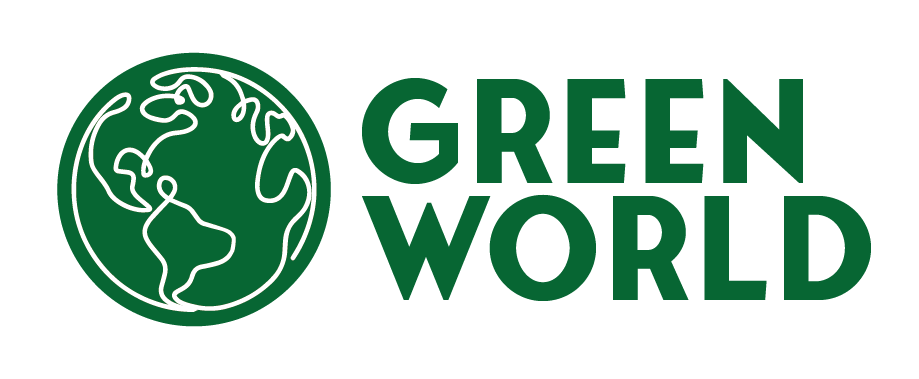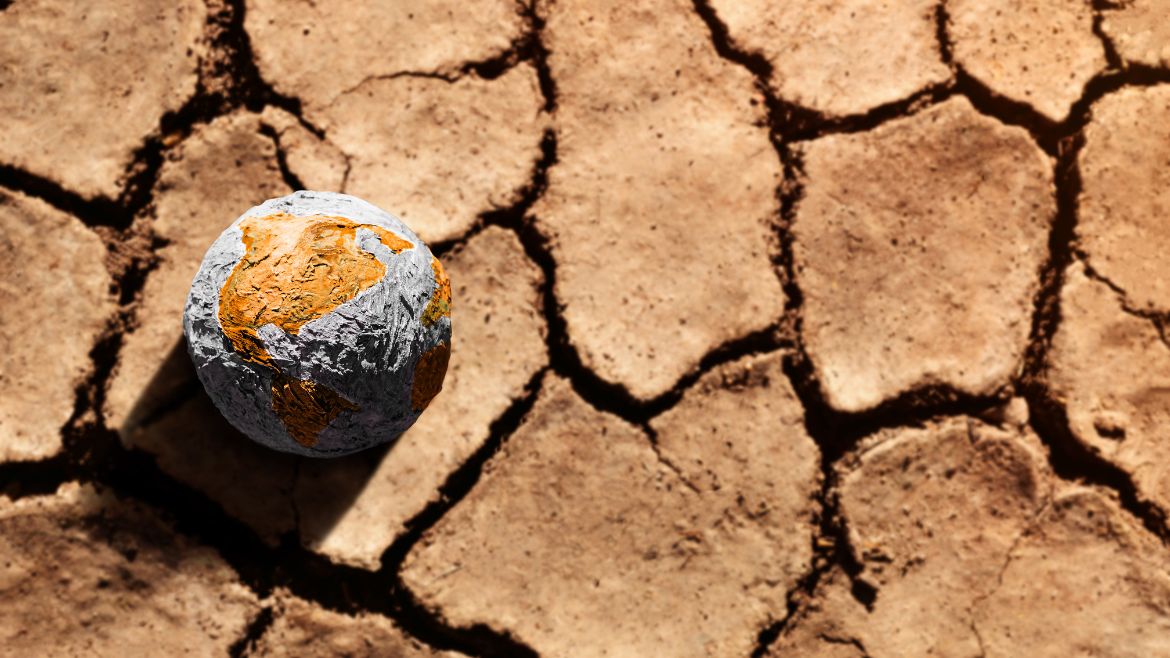The Middle East and North Africa (MENA) region finds itself at the epicenter of a profound and escalating water scarcity crisis. Recognized as the most water-stressed region globally, an alarming 83% of its population currently endures extreme levels of water stress, a critical finding from the World Resource Institute’s Aqueduct Water Risk Atlas 2023. This severe condition is further highlighted by the World Population Review’s latest data (2024), which reveals that four of the five most water-stressed countries worldwide are located within the MENA region. Kuwait tops this concerning list, with Oman, Qatar, Bahrain, Lebanon, UAE, Saudi Arabia, Egypt, and Libya also facing dire water challenges.
Globally, the demand for water is increasing at an unprecedented rate. As emphasized on World Day to Combat Desertification and Drought, projections indicate a substantial 20-25% increase in global water demand by 2050. The outlook for the MENA region is particularly stark: forecasts predict that by 2050, 100% of its population will be affected by extreme water stress. Confronted by the gravity of this challenge, governments across the region have committed to massive investments in desalination. Their ambitious goal is to reach a staggering $100 billion in total investment by 2030, a significant leap from the $39.3 billion in projects implemented as of 2022. This represents an effort to nearly double current desalination capacity. However, these projections may still be considerably underestimated, especially given many governments’ plans to scale up green hydrogen production—a process that inherently requires substantial volumes of clean water.
Desalination: The Indispensable Lifeline for Gulf Nations Amidst Scarcity
For many Gulf countries, desalinated water is not merely an option but an essential component of their drinking water supply. In the United Arab Emirates, for example, 42% of drinking water originates from desalination plants, which collectively produce over 7 million cubic meters per day. This dependence is even more pronounced elsewhere: Kuwait relies on desalination for an astonishing 90% of its drinking water, Oman for 86%, and Saudi Arabia for 70%.
The global water scarcity challenge extends beyond the MENA region. Sub-Saharan Africa is projected to experience the most dramatic increase in water demand, with an astonishing 163% rise by 2050 compared to 2019 levels. Latin America and the Caribbean are also expected to grapple with high levels of water stress. In contrast, regions like North America, Europe, and East Asia are anticipated to experience more stable water demand. This global perspective underscores the unique and acute pressures faced by the MENA region.
Italy’s Strategic Engagement: A Key Partner in MENA’s Desalination Future
As the imperative for sustainable water solutions intensifies, numerous MENA countries, including economic powerhouses like Egypt, the UAE, Saudi Arabia, and Oman, are actively seeking international investors to co-finance their burgeoning and capital-intensive desalination infrastructure. While European nations such as France and Spain have historically been prominent investors in Middle Eastern desalination projects, Italy has recently demonstrated a significant and growing strategic interest. Its involvement along the southern shores of the Mediterranean has notably increased in recent years, positioning Italy as a crucial partner in the region’s water security agenda.
Egypt: Spearheading Renewable Energy-Driven Desalination Innovations
Egypt has been at the forefront of investing in both desalination and demineralization technologies, with a strong emphasis on integrating renewable energy sources. In 2018, Orascom Construction Limited launched the pioneering Multipurpose Applications by Thermodynamic Solar (MATS) facility in Borg El Arab, near Alexandria. Co-funded by the European Union and an international consortium of 11 partners from Italy, Egypt, France, Germany, and the United Kingdom, this project was specifically designed to leverage renewable energy, particularly concentrated solar power (CSP), to minimize the carbon emissions associated with the desalination process. A study published last year highlighted CSP’s distinct advantages, including its relatively small physical footprint (compared to vast wind plants), superior dependability, and higher efficiency, making it an ideal candidate for future sustainable desalination projects.
The MATS facility ingeniously utilizes CSP technology to power its water desalination system, capable of producing drinking water for approximately 1,000 people. To ensure a consistent and stable power supply for the desalination and demineralization units, the CSP station is meticulously supported by a gas-powered station, as detailed in an official statement from the European Commission. The project was expertly led by the Italian National Agency for New Technologies, Energy and Sustainable Economic Development (ENEA), with the Academy of Scientific Research and Technology (ASRT) serving as the primary research partner in Egypt. The total project budget amounted to 22 million euros, with a substantial 12.5 million euros provided as a grant by the European Union, underscoring the international commitment to this innovative approach.
Further solidifying Italy’s influential role in Egypt’s water sector, Cannon Artes secured a significant $31 million contract with the Suez Oil Processing Company (SOPC) in 2022. This agreement is for the construction of an integrated desalination and demineralization plant, forming a vital component of a larger modernization project for SOPC’s Suez refinery. Cannon Artes’ comprehensive responsibilities include the design, engineering, manufacturing, delivery, commissioning, and eventual start-up of this advanced water treatment facility.
UAE and Saudi Arabia: Forging Strategic Alliances Under the Mattei Plan
Italy’s deepening engagement with the United Arab Emirates and Saudi Arabia in the water sector is increasingly framed within the ambitious “Mattei Plan”—an Italian strategic initiative aimed at strengthening partnerships and fostering sustainable development with nations across Africa and the Middle East.
Following a crucial meeting in Rome between Emirati President Sheikh Mohammed bin Zayed and Italian Prime Minister Giorgia Meloni in February 2025, the UAE announced groundbreaking plans to invest a colossal $40 billion in Italy. A significant portion of this, $250 million, is specifically earmarked for critical sectors including renewable energy, desalination, and the development of green ammonia and green hydrogen initiatives. This landmark agreement was formally signed by the Italian state-backed financial group SACE and the Emirati renewable energy giant Amea Power, seamlessly integrating with both the Mattei Plan and Amea Power’s industrial strategy. This partnership is strategically designed to bolster Italy’s exports to Africa and the Middle East, with SACE providing robust support through guaranteed united loans via its innovative Push Strategy. In a related and equally impactful development, SACE and Metito Utilities also signed another $100 million agreement in alignment with the Mattei Plan. This specific initiative zeroes in on vital sectors such as water, wastewater, desalination, and cutting-edge waste-to-energy projects.
Saudi Arabia’s renewable energy leader, ACWA Power, has also cultivated robust ties with Italian investors. In 2023, ACWA Power entered into a strategic agreement with six Italian investors to foster a powerful partnership focused on critical areas: green hydrogen, desalination, and extensive research and development (R&D). This pivotal agreement included Italy’s influential SME federation Confindustria, a vast collective network comprising 222 associations and over 150,000 companies. Their collaborative objective is to rigorously assess the immense potential for green hydrogen and water desalination projects across the region. Building on these successful collaborations, earlier this year, ACWA Power formalized five Memoranda of Understanding (MoUs) with four key Italian organizations, including electrodes manufacturer De Nora. These MoUs are designed to integrate advanced water treatment solutions into ACWA Power’s large-scale desalination projects, encompassing crucial areas such as disinfection evaluation technologies and pilot testing of novel systems. This ongoing commitment is a direct extension of a prior foundational agreement signed with De Nora in 2023.
Oman: Constructing the Sultanate’s Largest Desalination Facility
Italy’s prominent water treatment company, Fisia Italimpianti, a subsidiary of the renowned engineering and construction conglomerate Webuild Group, has secured two substantial contracts valued at approximately $330 million. These contracts are for the construction of two state-of-the-art desalination plants in Oman, commissioned by the state-owned Oman Power and Water Procurement Company. The first project, Ghubrah 3, is slated to have an impressive production capacity of 300,000 cubic meters of water per day, while the second, Barka 5, will produce 100,000 cubic meters per day. Upon its completion, the Ghubrah 3 plant is set to become the largest desalination facility in the entire Sultanate, marking a significant milestone in Oman’s water security efforts. Fisia Italimpianti holds a commanding 50% stake in both joint ventures, solidifying Italy’s critical role in advancing Oman’s vital water infrastructure.
Navigating the Environmental Footprint of Desalination: Challenges and Solutions
While large-scale water desalination projects are indispensable for securing a reliable and sustainable water supply for vast communities, their potential negative impacts on the environment, particularly marine ecosystems, demand rigorous attention and mitigation strategies. A recent study published last year highlighted concerning findings from the Bousfer Station, located on the Oran Coast in Western Algeria. The study revealed that the station’s practice of directly disposing brine (a highly concentrated saline byproduct of desalination) onto the shore caused multiple adverse effects. These included visible foaming on the water’s surface, a strong indicator of potential contamination by chemicals frequently used in the reverse osmosis desalination process. The same study conclusively demonstrated that the brine discharge from the station significantly impacts the abundance of various marine species, including essential endosymbiotic algae, and exerts a broader environmental detriment on the surrounding soil, potentially leading to widespread land and water contamination.
Another critical consideration that has often been underestimated when evaluating advanced water treatment processes, such as desalination, is the substantial level of greenhouse gases emitted during operation. The energy intensity of desalination varies considerably, influenced by factors like water salinity and the specific desalination method employed. For reverse osmosis (RO), the most widely adopted method globally, energy consumption typically ranges from 2.5 to 4.0 kWh per cubic meter. To illustrate the scale of these emissions, consider Oman’s planned 300,000 m³/day Ghubrah 3 plant: it would emit at least 295 metric tons of carbon dioxide daily. This is equivalent to the annual emissions of 69 gasoline-powered passenger vehicles. Given that all countries in the MENA region are signatories to the Paris Agreement, pledging a transition to renewables and significant cuts in emissions, governments are actively intensifying their efforts to increase investment in renewable energy-powered desalination solutions to minimize this environmental footprint.
Finally, desalination is increasingly expected to provide the fresh water required for the burgeoning production of green hydrogen—a development that poses a significant challenge for already water-stressed areas. A report by the International Energy Agency (IEA) estimated that approximately 9 liters of water are needed for every kilogram of green hydrogen produced. Further research has refined these estimates: if green hydrogen production is powered by solar energy, the total water requirement could be around 32 kg of water for each kg of green hydrogen, whereas with wind energy, the cumulative water requirement comes to approximately 22 kg of water. These figures underscore the intrinsic link between water resources and the rapidly expanding green hydrogen economy, emphasizing the urgent need for integrated water management strategies in the pursuit of clean energy.



